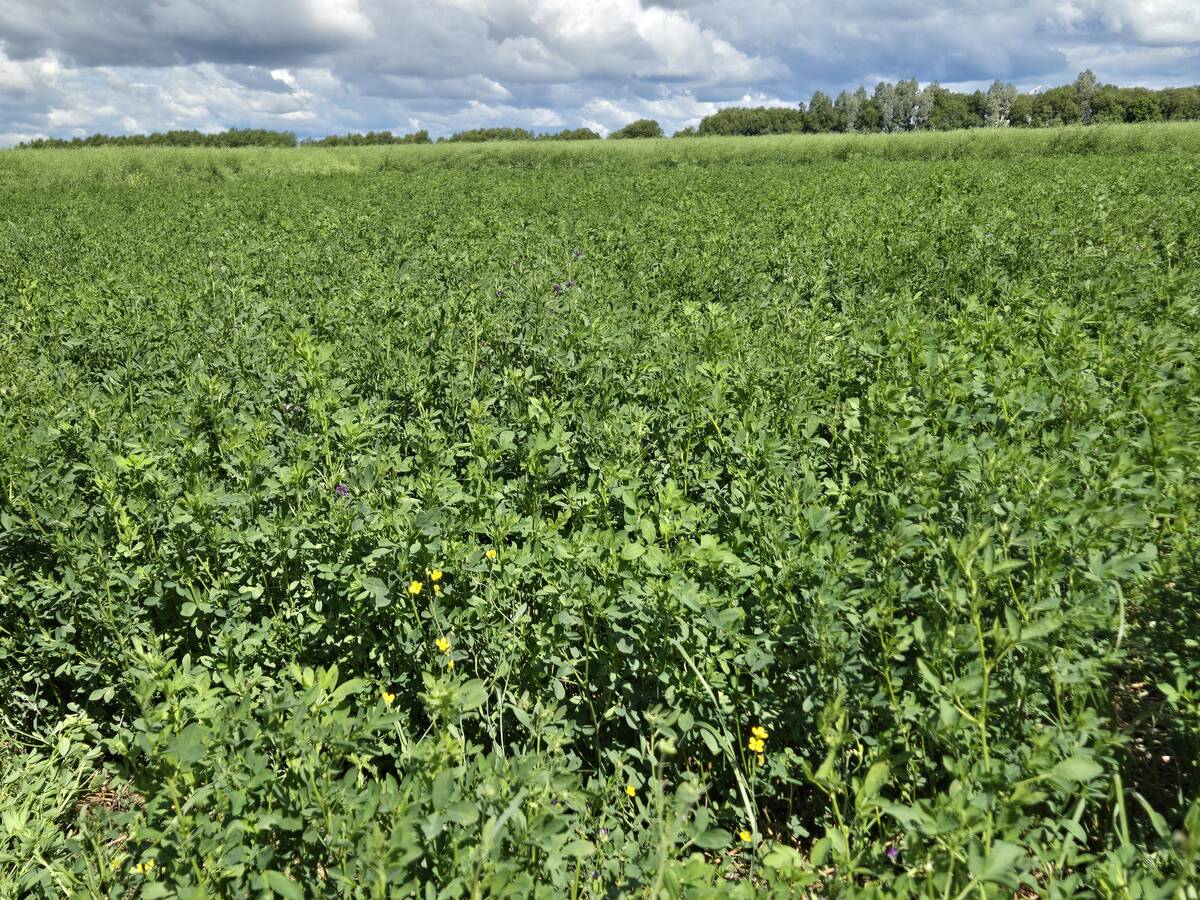A $125 investment can pay off in thousands dollars for irrigation farmers.
That investment is a two-inch hand auger with which farmers can take soil samples and determine when the crop needs additional water.
“A $125 two-inch hand auger should be in the back of every irrigation farmer’s truck,” said Alberta Agriculture agronomy researcher Ross McKenzie.
“If you can afford a $100,000 pivot, you should be able to afford a $125 hand auger, and actually use it.”
At this stage of crop development in southern Alberta, wheat and canola crops are using about seven milli-metres of moisture per day. A core he showed to a June 28 crop tour group showed fairly good moisture down to one metre.
Read Also

Manitoba Parkland research station grapples with dry year
Drought conditions in northwestern Manitoba have forced researchers at the Parkland Crop Diversification Foundation to terminate some projects and reseed others.
Although these crops will have roots up to 90 centimetres deep, they derive most of their moisture at the zero to 50 cm depth, where 70 percent of the root systems are located.
Farmers need to remember that irrigation systems are about 80 percent efficient in getting water to crop roots, so that should be part of their calculations when watering.
“Crops at this stage are sucking a lot of water,” said McKenzie, and they will use more than seven mm per day if temperatures rise about 25 C.
“It takes about five inches (127 mm of water) to get a wheat or canola crop from germination to heading out or starting to flower.”
Alberta Agriculture specialist Rob Dunn said the irrigation management and climate information network, which is available online, is a useful tool. It is at www.agric.gov.ab.ca/app49/imcin/met.jsp.

















